

Josh Nevett
2025 GWM Haval H6 review
1 Month Ago
The new HR-V hybrid is finally here, but can swish design, tech and an electrified drivetrain outweigh the four-seat cabin and high pricing?
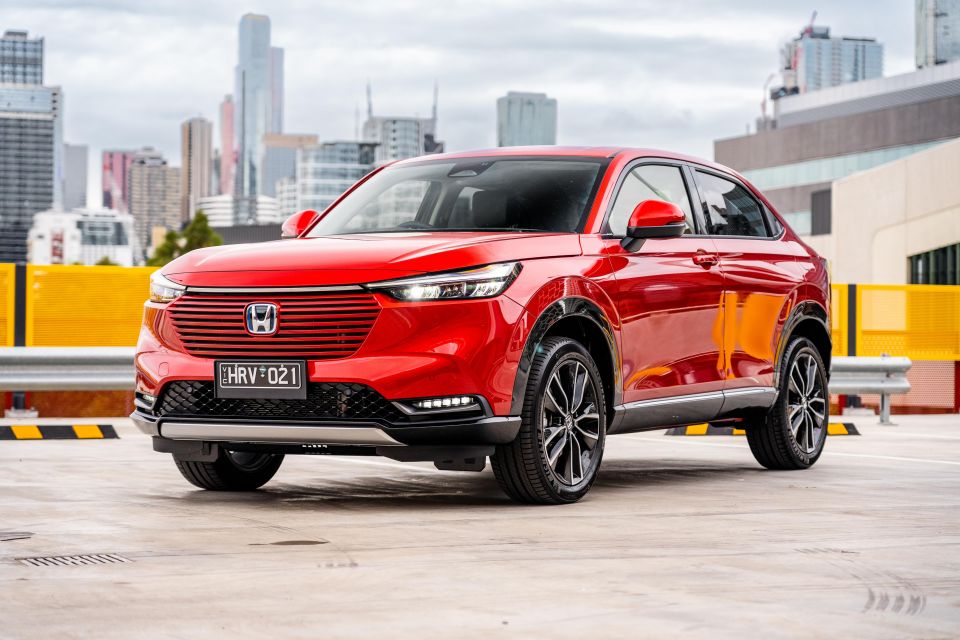
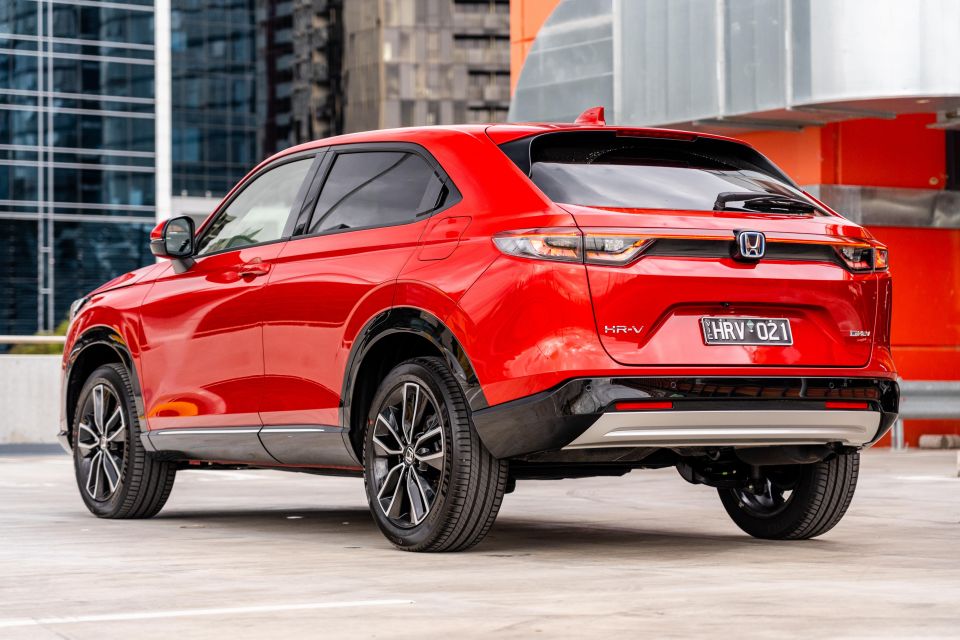

Quickly see how this car stacks up against its competition. Select any benchmark to see more details.
Where expert car reviews meet expert car buying – CarExpert gives you trusted advice, personalised service and real savings on your next new car.
Honda has been really changing things up lately, from its retail strategy right down to its products.
We’ve seen quite a transformation for the Civic in terms of presentation and positioning, now the brand is launching its second product under this new strategy – the 2022 Honda HR-V.
Small and Light SUVs are in vogue right now, the field of competitors continue to grow with each brand taking a different approach. The HR-V has long been a popular choice in Australia, but the latest has gone through a bit of a metamorphosis.
Gone is the boxy look of its predecessor, replaced by a more coupe-like look with a focus on upmarket design and a more premium cabin. Honda is keen to follow Volkswagen and Mazda, and the pricing reflects this.

Once one of the more budget-friendly offerings in the segment, the HR-V now starts in the high-$30,000 bracket, with the e:HEV hybrid model tested here listing for $45,000 drive-away.
If the pricing didn’t shock you, maybe the fact it’s now only a four-seater will. Blame Australia’s strict ADR guidelines which forced the brand to choose between spending big to engineer a bespoke rear centre seat or forgoing the centre rear seat for the relatively low-volume market that is our Island Home – as you can tell, Honda went for the latter.
So, the HR-V has lost its shine from a perceived value and practicality perspective. But the brand hopes the more upmarket presentation, higher levels of standard equipment, and high-tech hybrid drivetrain can level the playing field.
Has the company succeeded?
The top-spec HR-V e:HEV L is priced from $45,000 drive-away, with prices fixed nationally as part of Honda’s new retail strategy.
You can get the Vi X for $36,700 drive-away, which is petrol-only and has a lower level of spec than the hybrid we have on test, even though it presents similarly if you were to look at them side-by-side.
Honda has previously said it’s aiming for more premium positioning with its new models, with simpler model line-ups and a higher level of specification. Think of the Vi X as a mid-range competitor for most rivals, with the e:HEV L a high-grade proposition.
2022 Honda HR-V pricing:
All prices are drive-away
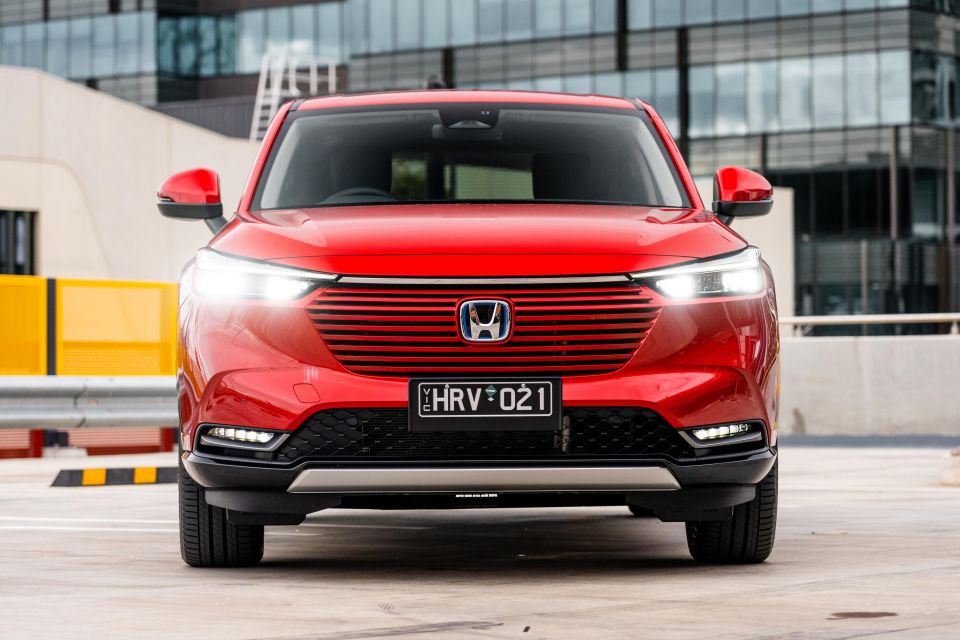
The hybrid HR-V doesn’t have a whole lot of direct competition outside the Toyota stable, though the e:HEV L is within striking distance of a number of smaller and bigger SUVs.
It’s more expensive than the most expensive Toyota Yaris Cross Hybrid or C-HR Hybrid, while undercutting the top-spec Subaru XV Hybrid and base Forester Hybrid. The petrol-electric HR-V’s $45,000 asking price will also buy you a mid-spec Toyota RAV4 Hybrid, provided you’re willing to wait 12 months or more.
There’s also the Kia Niro Hybrid, which is yours in top-spec Sport guise for $45,990 drive-away, or the 24V mild-hybrid Mazda MX-30 G20E Astina for around $46,400 drive-away.
If you want a coupe-styled SUV with a premium badge and hybrid power, though, you’d be looking at something like a Lexus UX250h, which at $52,025 plus on-road costs in its most basic trim is significantly more expensive.
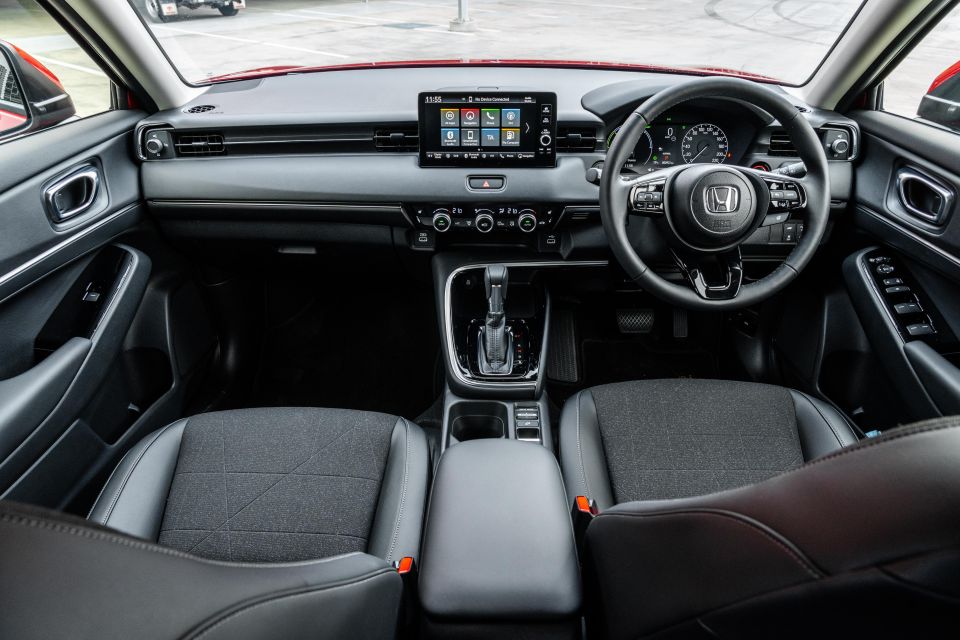
Buy your new car without the stress. It's fast, simple and completely free.

Great service from Travis and team, second time I have used this business would not hesitate to recommend them to anyone
Craig C.
Purchased a Ford Ranger in Sunshine Coast, QLD
CarExpert helped Craig save $7,224 on his Ford Ranger, now let us save you on your next new car.
Get your BEST priceI’ll make it no secret that I wasn’t a huge fan of the previous-generation HR-V’s cabin, from the mismatched materials and design elements to the woeful aftermarket-looking infotainment unit.
Wow, this new model is a huge step forward.
Honda has clearly drawn upon the latest Civic for the HR-V’s interior design, which is no bad thing. Clean lines, great ergonomics, high-resolution displays and quality materials all feature here.
Despite its light car underpinnings, the HR-V looks and feels as upmarket as pretty much any of its mainstream rivals, perhaps bar the plush Mazda CX-30.
It’s very clean and minimalistic, creating a sense of calm and spaciousness. If you can’t tell already, I’m quite a fan.
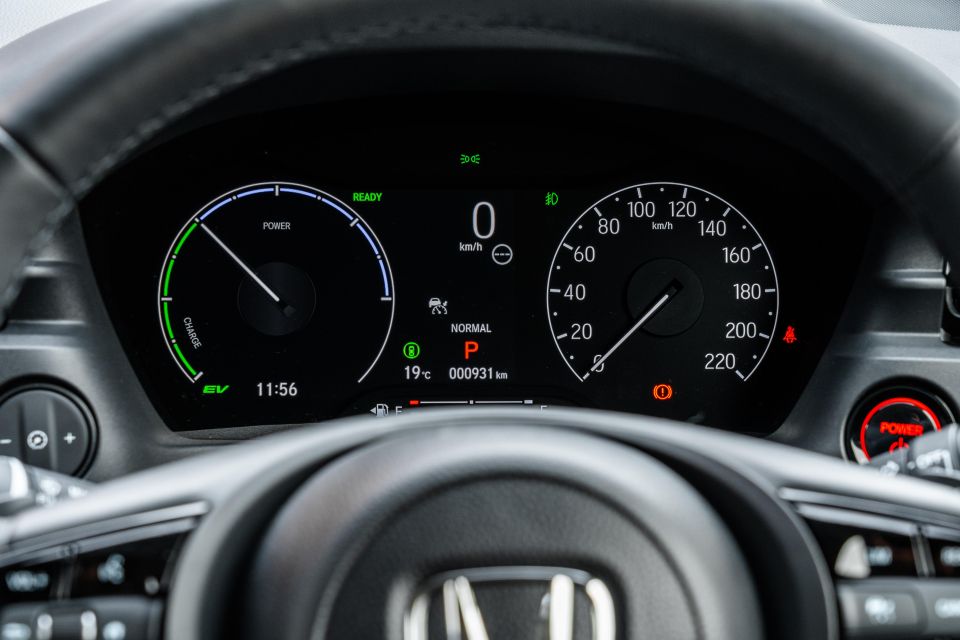
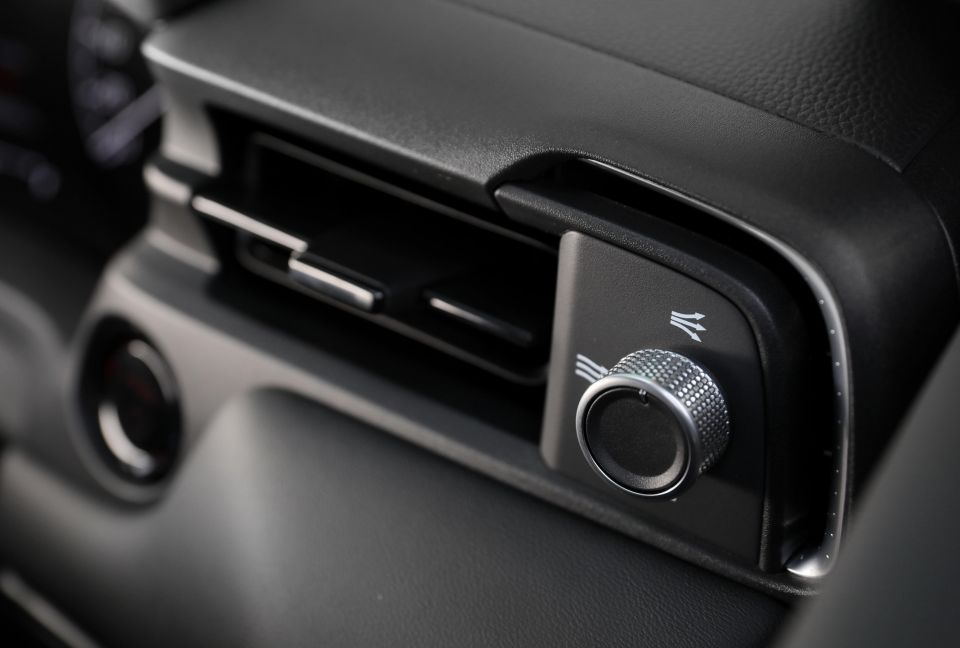
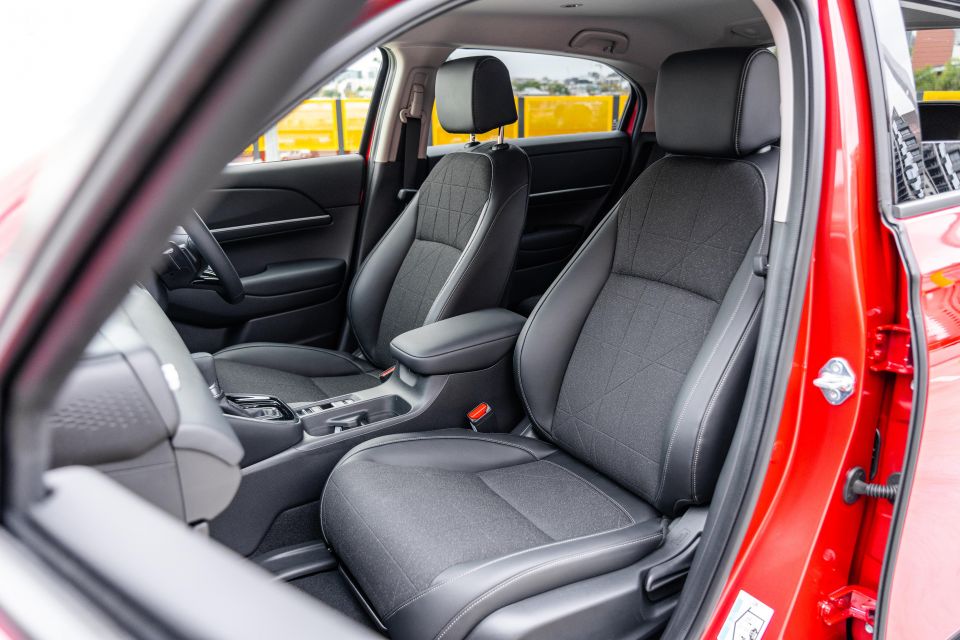
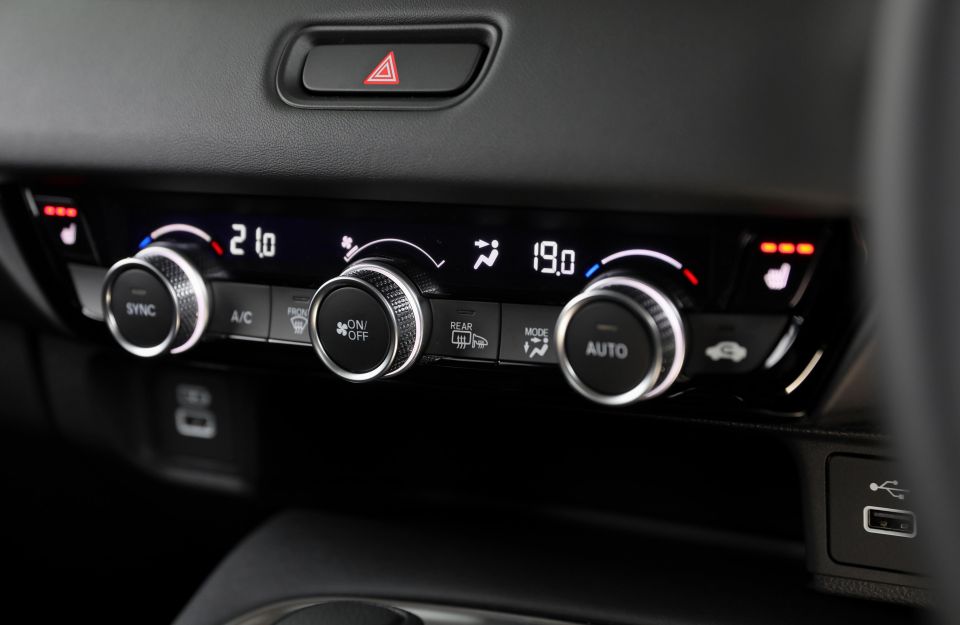
That extends to the consistency and cleanness of the typeface used across the switchgear, instrument cluster and the infotainment system. It all feels almost European.
The e:HEV L picks up dual-zone climate control over the base model, bolstered by directional vents in the rear. On each side is a nifty rotary control to toggle the air diffuser function for the ventilation system, which can push air to the sides of the cabin to, for example, offset heat coming from the window glass, or flow through the centre of the cabin.
The front seats are super comfortable and heated, albeit manually adjustable in this top-spec model, and the instruments are partially digital. A conventional analogue speedometer is complemented by a 7.0-inch TFT display which can display a virtual hybrid power meter amongst myriad other layouts.
Between the virtual and analogue dials is a virtual supervision display that has a digital speedometer readout, various symbols for the driver assist systems, and other key information.
Honda’s new steering wheel design for the HR-V is another big step up from its predecessor, both in terms of perceived quality and ergonomics. It feels soft and substantial in hand and the switchgear is all well thought out.
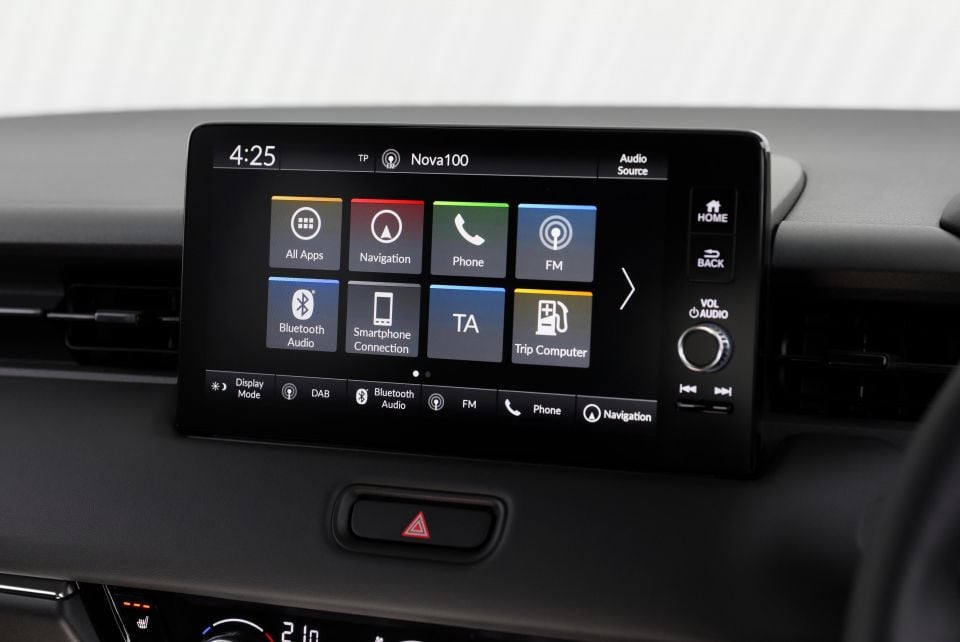
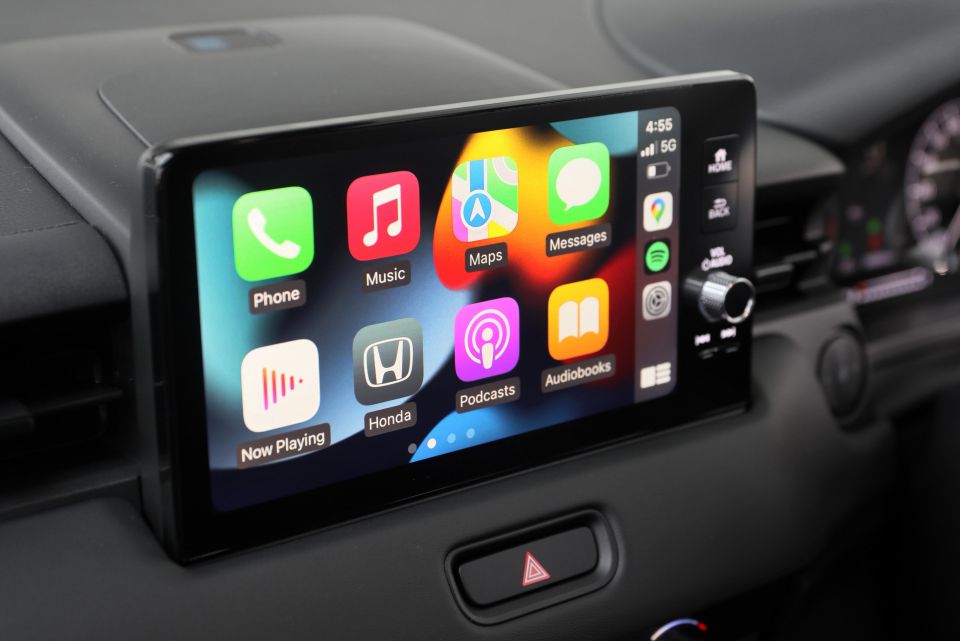
Moving to the infotainment, the new Honda interface is a big step forward compared to the previous generation. Like the Civic, it’s a 9.0-inch display with satellite navigation as well as wireless Apple CarPlay. Android Auto users have to hardwire their connection via USB.
Unlike the Civic, the HR-V misses out on a wireless phone charger. This seems like a silly omission given the inclusion of wireless CarPlay. Speaking of odd omissions, some will lament the lack of leather seats and the option of a sunroof, especially at the HR-V e:HEV’s $45,000 price point.
The native Honda interface is clean and easy to use, and it offers snappy response. Wireless Apple CarPlay hooked up within seconds of start up every time we used the vehicle, and there were no bugs or interruptions. I was impressed given the usability issues I’ve had with Honda’s older systems.
Honda hasn’t fitted a branded audio system, but the six-speaker setup in the e:HEV L (up from four speakers in the Vi X) does the job well. It’s clear and offers good depth, but perhaps isn’t as punchy as some of the systems offered in rivals – Mazda’s Bose and Toyota’s JBL systems come to mind, as does VW’s Beats unit.
Rounding out the features list under the audio and communications banner are DAB+ digital radio, and WiFi hotspot functionality. Honda will also update your maps free of charge for five years with each service.
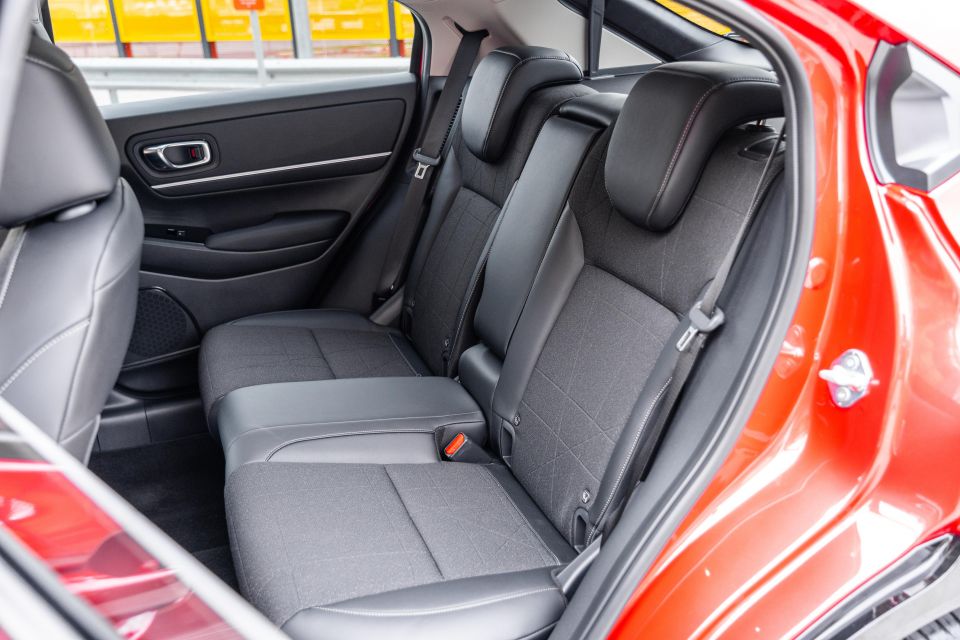
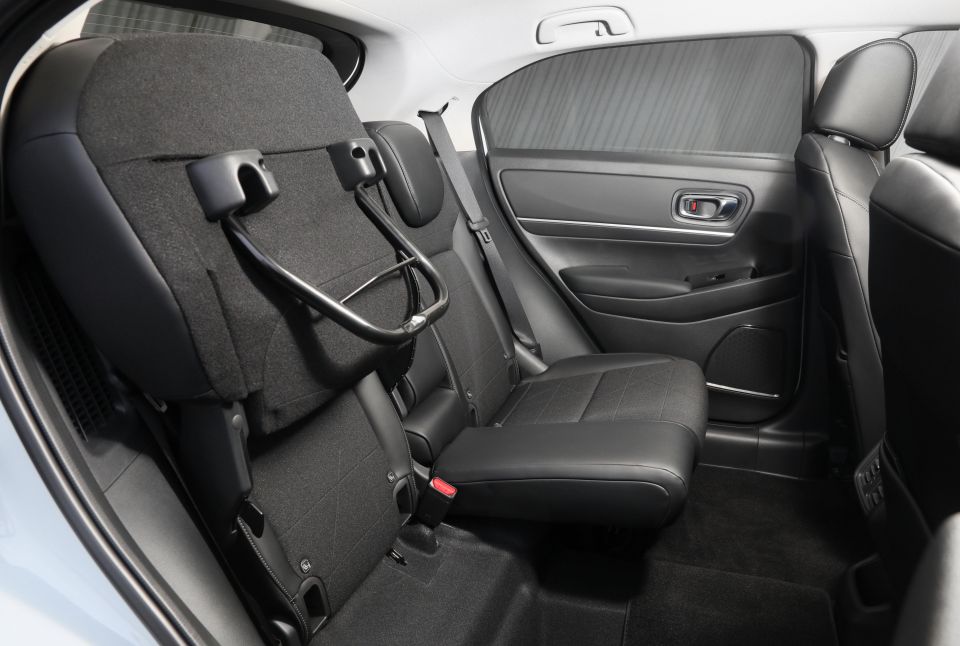
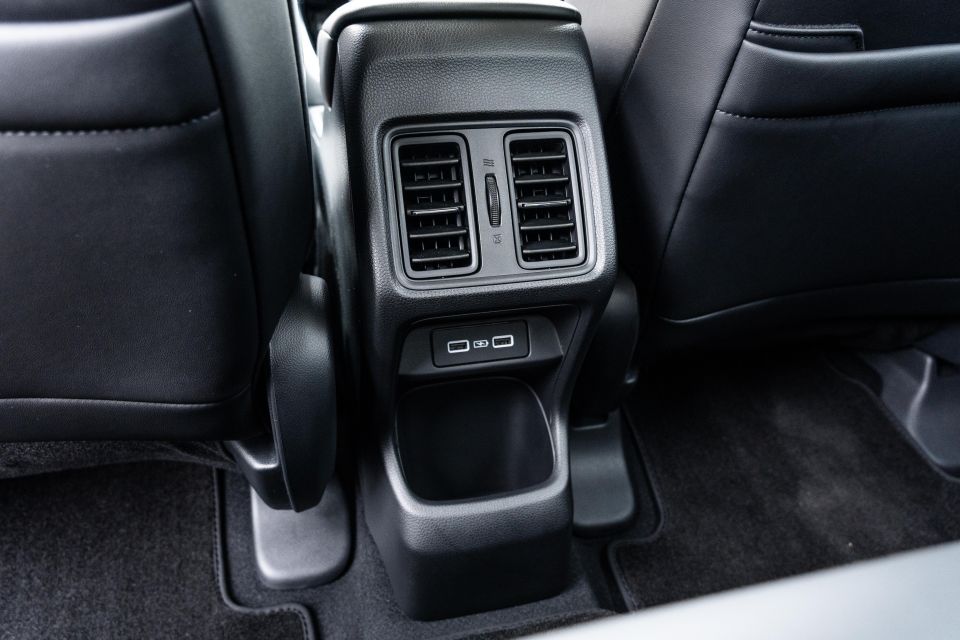

In the back you’ll only find two seats, rather than the three you might have been expecting.
This is due to ADRs, which require a top-tether point to be fitted to rear seats with a seatbelt. That would require a bespoke solution for the Australian market as Japan and the UK don’t have such a requirement – read more on that here.
While it’s a knock for the HR-V to offer less practical seating than every rival, the remaining seats are spacious and comfortable, offering good legroom and headroom once you get past the sloping upper window line. Mind your head on the way in!
There are ISOFIX anchors and top-tether points for both seats in the back, and there’s a fold-down centre armrest with cupholders as well as directional air vents and USB-C points to keep devices charged. Map pockets and a storage cubby under the rear vents also feature.
While the centre seat is no more, Honda’s Magic Seats continue in the latest HR-V. There’s a number of configurations available to cater for longer and/or taller items, adding a degree of versatility to the second row.

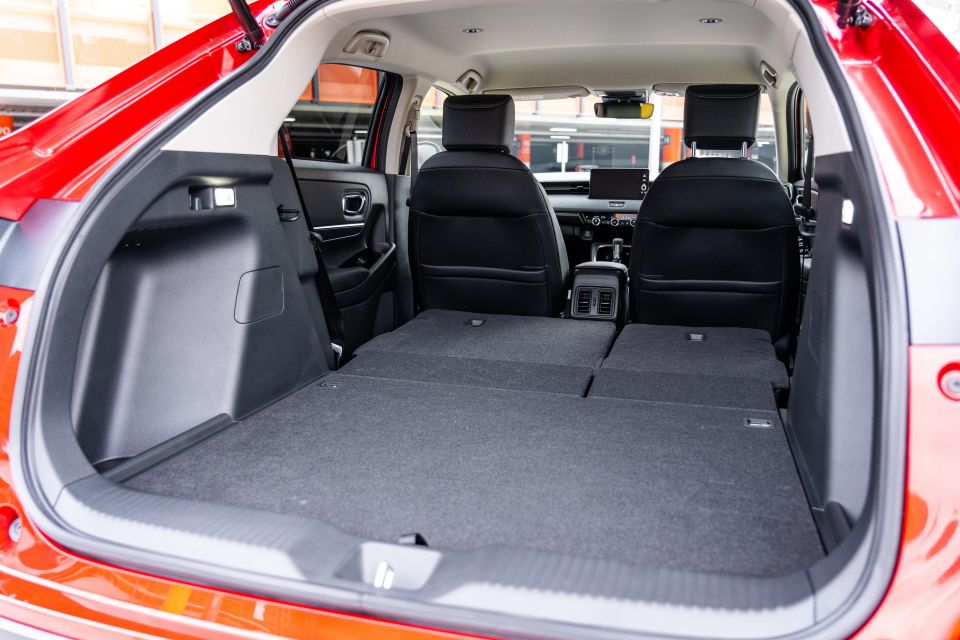
Another area where this new HR-V loses out to its predecessor is boot volume, which is now rated at 304L with the second row in use, expanding to 1274L (up to the roof) with the rear seats folded. By contrast, the old model 437L/1462L.
On paper it means the HR-V has gone from being one of the most accommodating boots in the segment to one of the smallest, though it’s worth noting the area itself is nice and square, and is completely flat when you fold the rear seats down.
There’s also some underfloor storage if you want to store smaller items out of sight, and the cargo cover can latch to the tailgate so that you’re not constantly fiddling with it.
Don’t go looking for a spare wheel under the boot floor either, there’s only a tyre repair kit now.
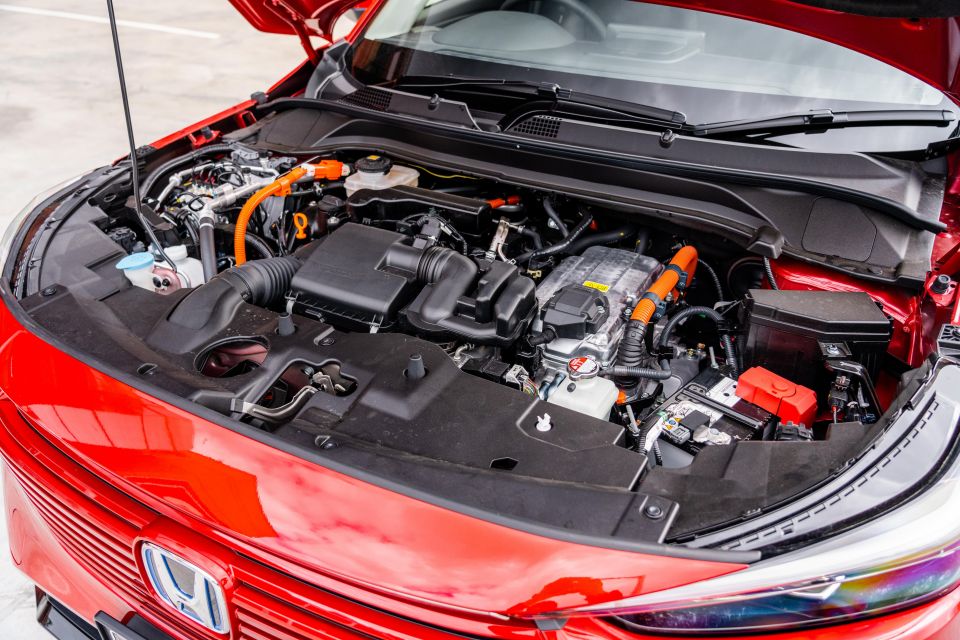
Power in the HR-V e:HEV comes from a 1.5-litre naturally-aspirated four-cylinder petrol engine running the efficient Atkinson cycle teamed with two electric motors and a small lithium-ion battery pack.
System outputs are rated at 96kW (4000-8000rpm) and 253Nm (0-3500rpm), with drive exclusively sent to the front axle via a what Honda calls a fixed-gear transmission coupled to a ‘power control unit’ – also referred to as an e-CVT.
Honda says the hybrid system is more compact than that used in the related Jazz hatchback, while also achieving greater energy density thanks to 25 per cent more battery cells.
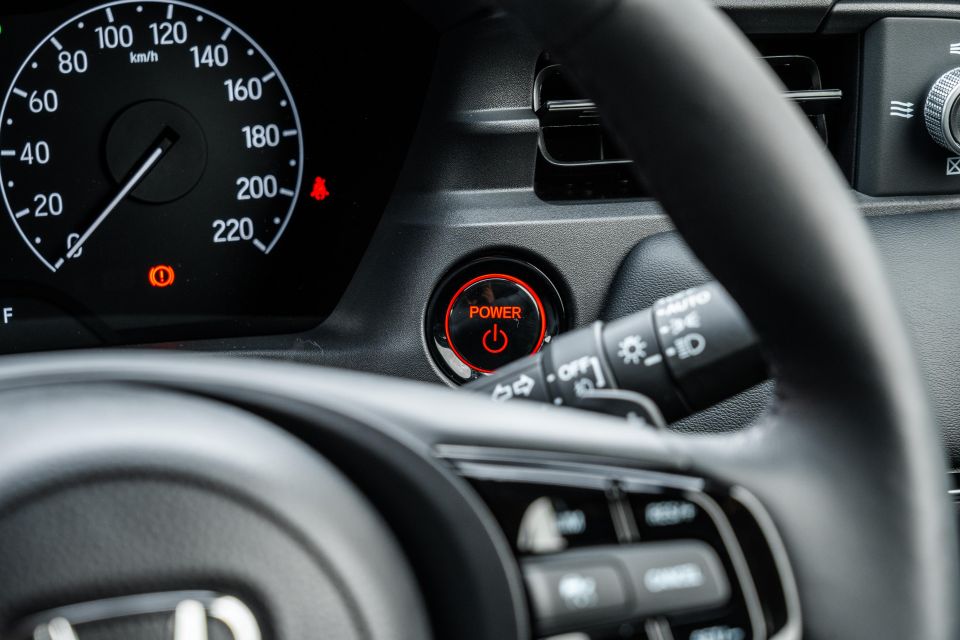
The power control unit (PCU) is also water cooled for improved heat management, and the gear ratio between the electric motor and wheels has been lowered to “further improve the dynamic performance”.
Honda also claims the fixed-gear system achieves “a higher proportion of accumulated electric drive time when in cities than other hybrids on sale today”.
Fuel economy? The brand’s official combined claim is 4.3L/100km with emissions of 98g/km of CO2. Worth noting is the HR-V e:HEV’s impressive urban cycle figure, quoted at a very frugal 2.9L/100km.
That claimed efficiency figure translates to a theoretical driving range of 930km per fill of the HR-V’s 40-litre tank, which will happily run on 91 RON regular unleaded. We’ll touch on real-world consumption further down.
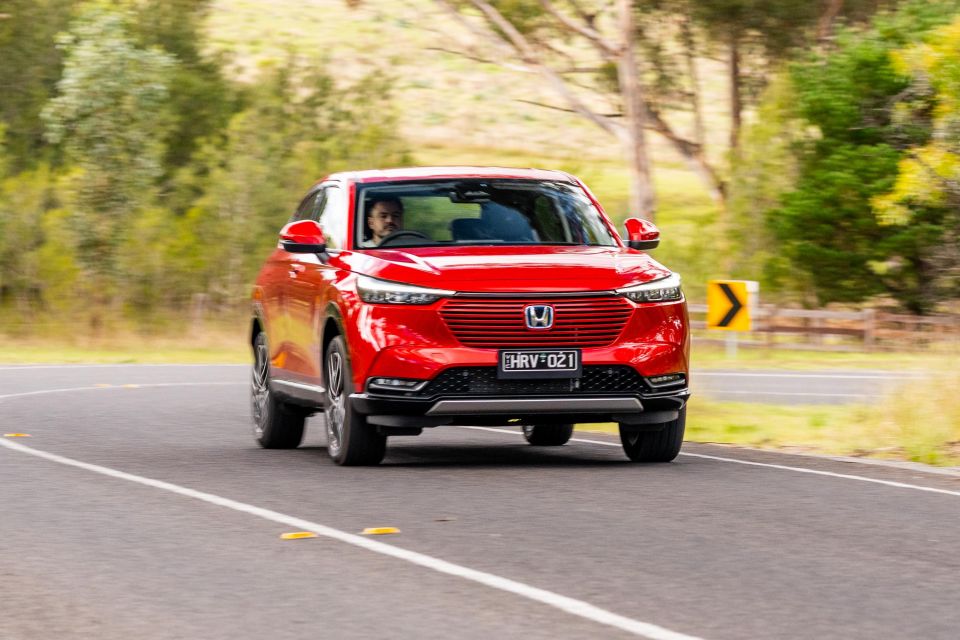
The HR-V e:HEV impresses once things get moving; it’s a smooth and refined operator.
While you may not quite match the insane economy of something like a Toyota Yaris Cross, Honda’s latest hybrid technology is smooth, refined and very good in real-world use.
Honda’s product team was really driving home the 251Nm available at 0rpm when they presented the vehicle, and while it doesn’t knock your socks off when you accelerate off the line, it’s smooth and if you’re measured enough with the throttle on flat or descending ground, you can hit the speed limit without firing up the petrol engine.
Even better, when the 1.5-litre petrol motor does fire, the cabin in general is so well isolated from drivetrain noise and vibration that you may not notice that the engine is on. You’ll have to keep an eye on the ‘EV’ symbol in the driver’s cluster to keep track of when the HR-V is using e-power.

96kW and 251Nm are not Earth-shattering numbers, but the power sources and transmission come together to offer refined and linear progress that feels more eager than say a Yaris Cross or even a C-HR Hybrid. Plus, the system is quieter and more refined even when the petrol engine is revving.
There’s Normal, Sport and Econ drive modes which tailor the drivetrain and throttle response to the driver’s tastes. Sport primes both the petrol engine and electric motor for maximum response, while Econ dulls the throttle and re-calibrates things like the air-conditioning to ensure maximum efficiency.
While it operates like a conventional CVT under light throttle, I noticed the HR-V will simulate gears under load when you really bury your right foot. Not only does it stop the drivetrain from droning, but the VTEC engine itself actually sounds alright when pushed, so the added transmission ‘steps’ make it noticeably more engaging.
Additionally, you can flick the transmission into B mode which adds EV-like adjustable regenerative braking. No, you can’t one-pedal drive to the point where you come to a complete stop easily but there’s several levels of energy recovery adjustable via the steering-mounted paddles, and charge up the battery quicker.

It didn’t take long to notice how well the HR-V rides either, as the roads surrounding the CarExpert office are riddled with undulations, road joins, and potholes. For fixed-rate suspension with a torsion beam rear, the HR-V displayed admirable insulation from road imperfections and excellent body control. It has a nicely damped feel that you’d associate with larger, more premium vehicles.
It’s a similar story as the speeds climb. The HR-V feels very sure-footed and stable as you head into triple figures, and doesn’t feel fazed by poor weather conditions in town or on the freeway. At 100km/h I noticed the hybrid drivetrain would drop in and out of EV mode to save fuel, too.
While we’re on the topic of refinement, while the drivetrain and ride are up there with segment benchmarks, insulations from road noise – a consistent complaint I’ve had with Hondas for a while – continues here.
Now, it’s far from boomy or super loud like previous iterations, but the HR-V is nowhere near as hushed at speed as something like a Mazda CX-30, particularly over coarser blacktop.
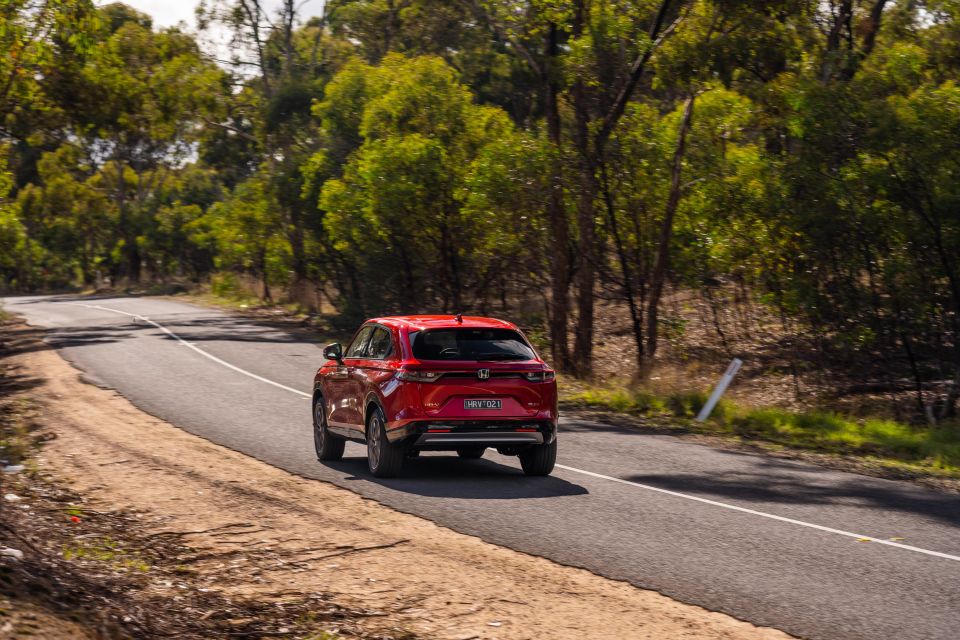
Where expert car reviews meet expert car buying – CarExpert gives you trusted advice, personalised service and real savings on your next new car.
Honda has dialled some fun into this new HR-V, with accurate, direct steering boasting good weighting and feel. It’s as happy threading through intersections and tight city streets as it is a winding backroad, with a level of confidence and stability you might expect of a larger vehicle.
The Honda Sensing suite of active assists features adaptive cruise and active lane centring, which combine to facilitate Level 2 autonomous highway driving capability, and finally there’s proper blind-spot monitoring and rear cross-traffic alert instead of the old LaneWatch camera that only detected the passenger side.
All those systems are well calibrated and quite intuitive to use, rather than being over-assisted to the point where drivers will start diving through the menus to turn as many of them off as possible.
We can certainly conclude that the HR-V is no longer a boring also-ran in terms of the on-road experience in this new generation, at least in hybrid guise. Whether the new petrol engine stacks up will have to be explored when we get the base model through the CarExpert garage.
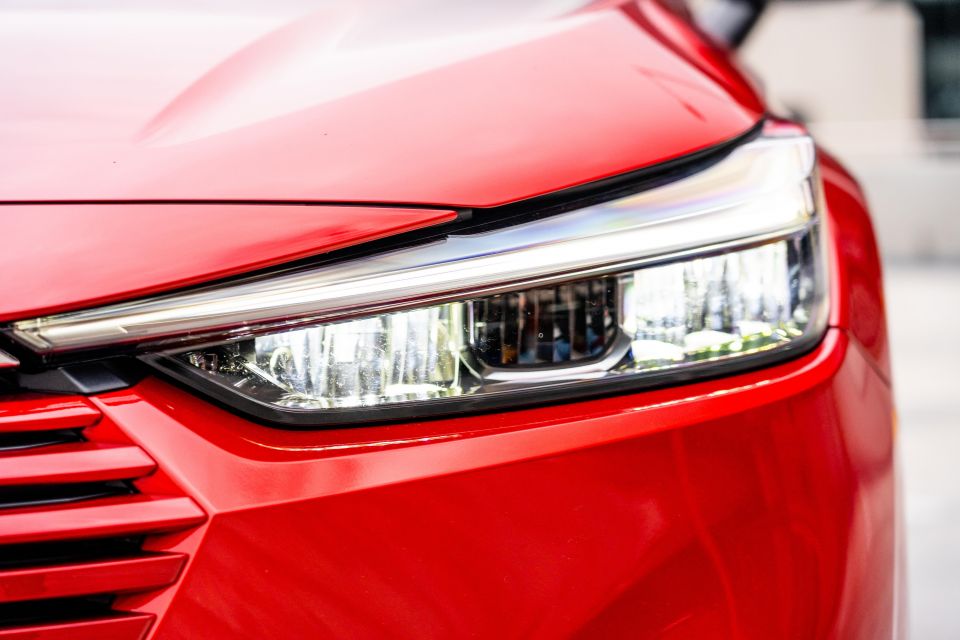


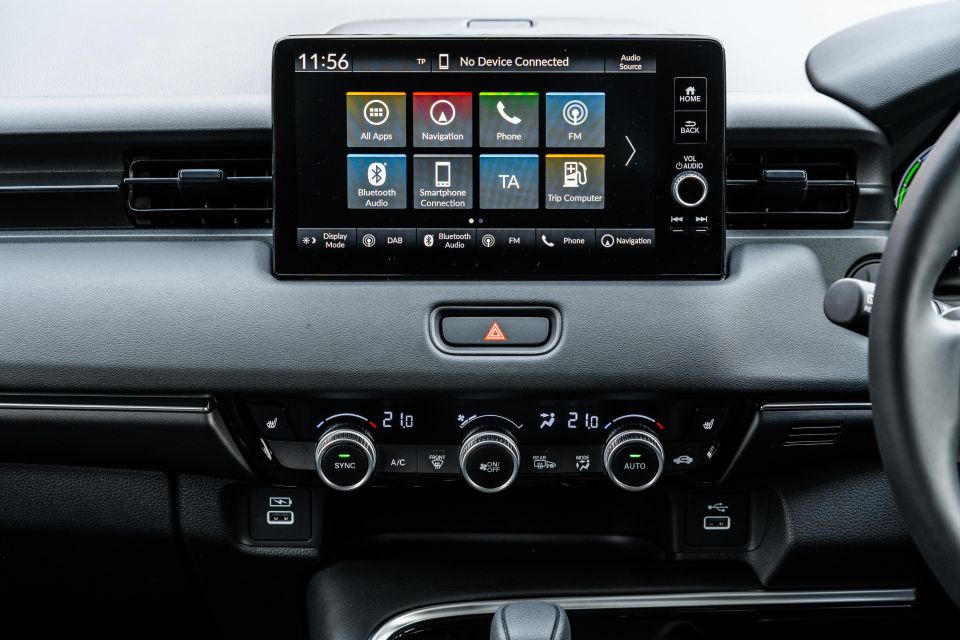
HR-V e:HEV L highlights:
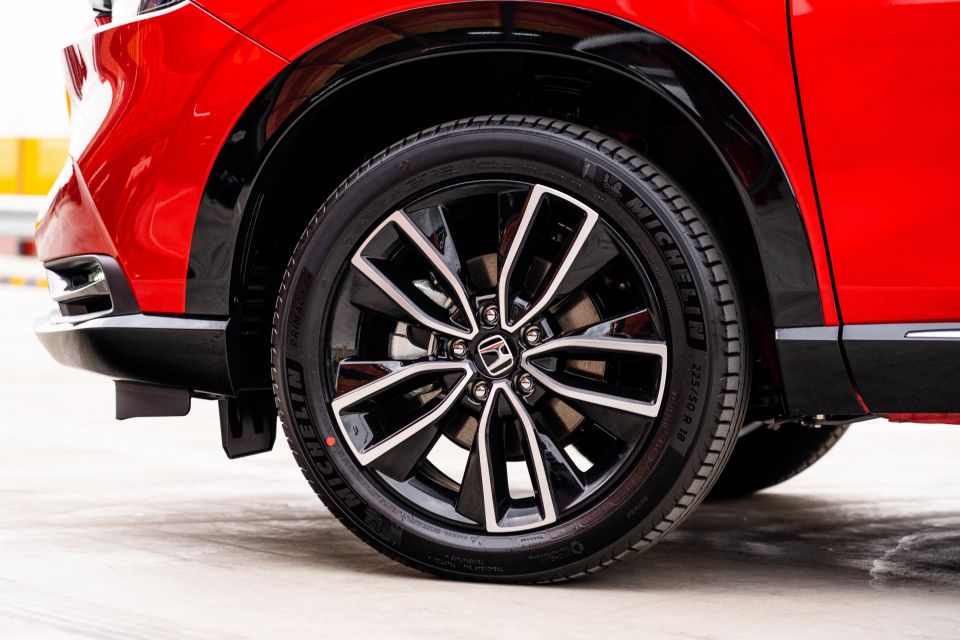

That’s above the HR-V Vi X’s standard specification:
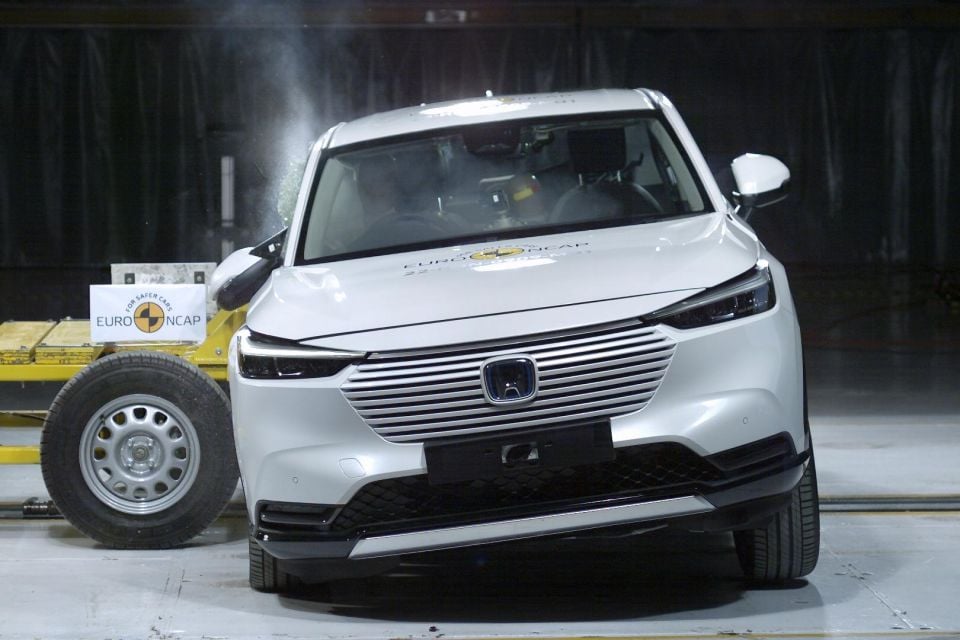
The latest Honda HR-V is yet to be tested or rated by ANCAP, though Euro NCAP recently gave the hybrid model a four-star safety rating.
In Euro NCAP tests, the HR-V e:HEV achieved 82 per cent for adult occupant protection, 75 per cent for child occupant protection, 72 per cent for vulnerable road users, and 78 per cent for safety assist.
“The new HR-V is an all-round performer but the restraint performance in crash tests, in particular for children seated in the rear, was not as robust as expected. This dropped its score in this part of the assessment into the four-star band,” Euro NCAP said in a media statement.
Stay tuned for an update when ANCAP releases its own safety rating for the new Honda HR-V.
Update: The Honda HR-V small SUV has fallen short of the top rating in ANCAP’s latest round of crash test results, achieving a four-star score.
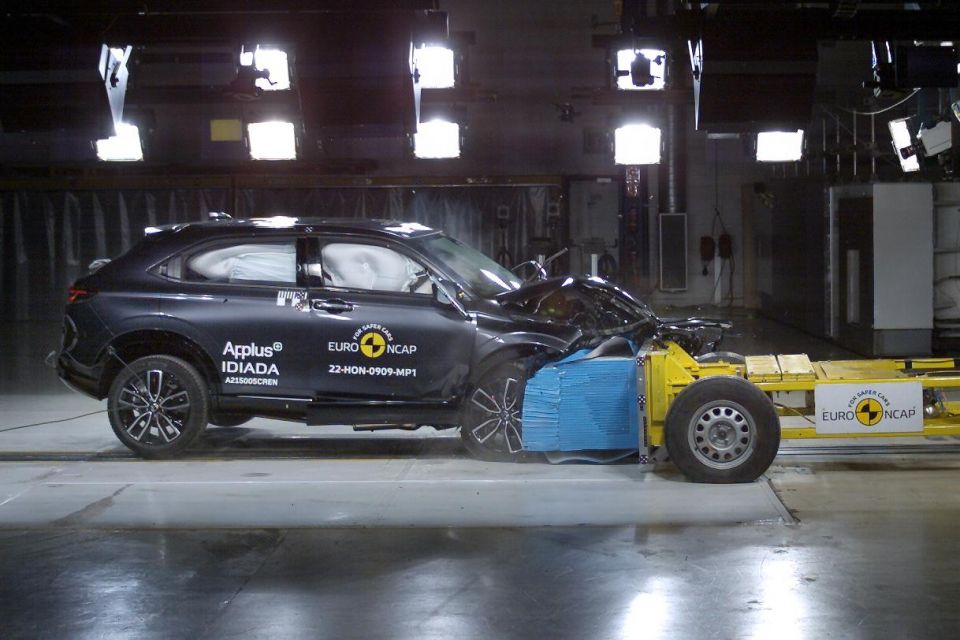
Standard safety features include:
HR-V e:HEV L adds:
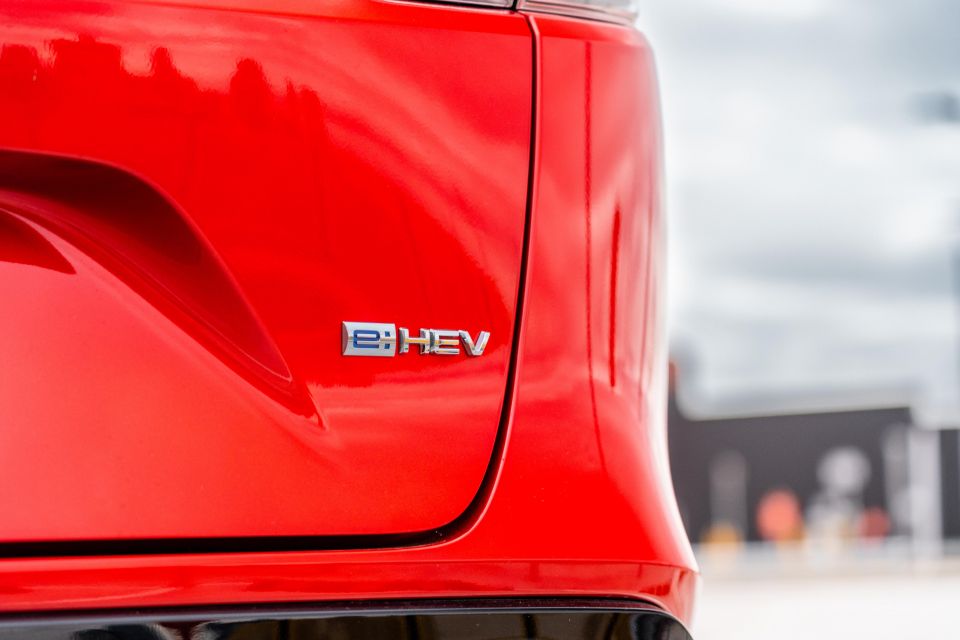
The Honda line-up is covered by a five-year, unlimited-kilometre warranty with an eight-year IMA battery module warranty for the hybrid. Additionally, there’s five years of premium 24/7 roadside assist.
On top of the warranty and roadside assist coverage, Honda guarantees five years of complimentary satellite navigation mapping updates when you service within the Honda network.
Speaking of servicing, scheduled maintenance is required every 12 months or 10,000 kilometres – whichever comes first.
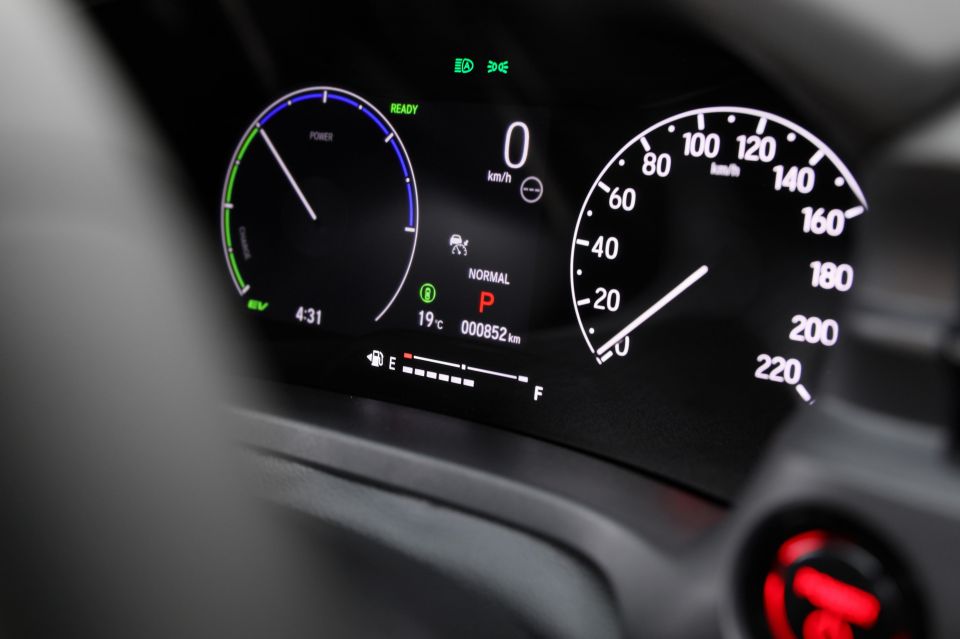
As part of the brand’s new retail strategy, all new vehicle owners after July 1, 2021 get the first five services for $125 a pop. That’s almost half what it costs to service a Toyota Yaris Cross Hybrid ($215), though the Toyota offers longer 15,000km intervals.
Real-world fuel consumption was an indicated 5.3L/100km for the duration of our loan, which included over 340km of mixed driving favouring freeway and highway driving.
While that’s a bit up on the brand’s 4.3L/100km combined claim, it’s almost bang on the 5.1L/100km extra urban cycle claim. I did see it dip under 5.0L/100km with more city stints.

Buy your new car without the stress. It's fast, simple and completely free.

Great service from Travis and team, second time I have used this business would not hesitate to recommend them to anyone
Craig C.
Purchased a Ford Ranger in Sunshine Coast, QLD
CarExpert helped Craig save $7,224 on his Ford Ranger, now let us save you on your next new car.
Get your BEST priceI didn’t know what to expect from the new HR-V, but I can confidently say I came away impressed.
The new Civic and HR-V are a return to form for the brand, which seemed to have lost its way a bit. Fundamentally, the products are really quite good, and will appeal to those who fell in love with 1990s-2000s Honda.
Also worthy of praise is the e:HEV hybrid system. It may not achieve quite the same economy figures as an equivalent Toyota, but the trade-off is better response and more refinement. That’s already more than enough for some.
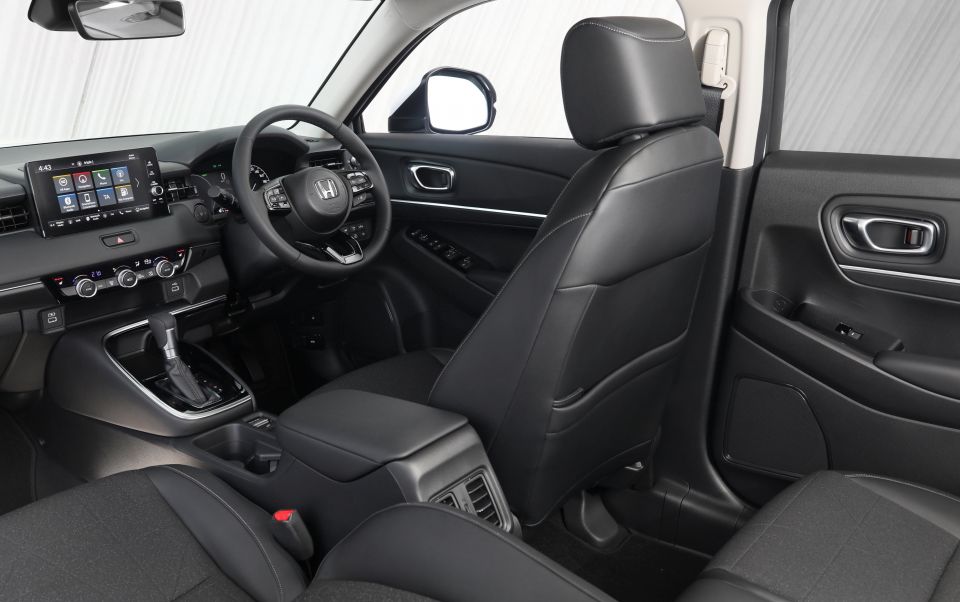
But we have to knock the lack of fifth seat – regardless of whether the skinny centre seat would be of any real benefit other than for emergencies – as well as the premium pricing. No matter how you look at it, $45,000 is a lot of money for a small car.
I wish the HR-V offered the cool two-tone paint finishes like what’s available in Japan and Europe, too, and some buyers will lament the lack of a sunroof and leather seats in what is a premium-priced compact SUV. Further, that four-star Euro NCAP result indicates the HR-V likely won’t achieve a five-star ANCAP safety rating either.
But with all that said, this new HR-V feels much more like a descendent to my 2000 CR-V Sport and the Accord Euro of the mid-2000s compared to the brand’s more recent efforts, and also pays tribute to the trailblazing design of the original HR-V of the 1990s.
It’s cool, it’s quirky, it breaks the mould a bit – that’s the Honda we know and love.
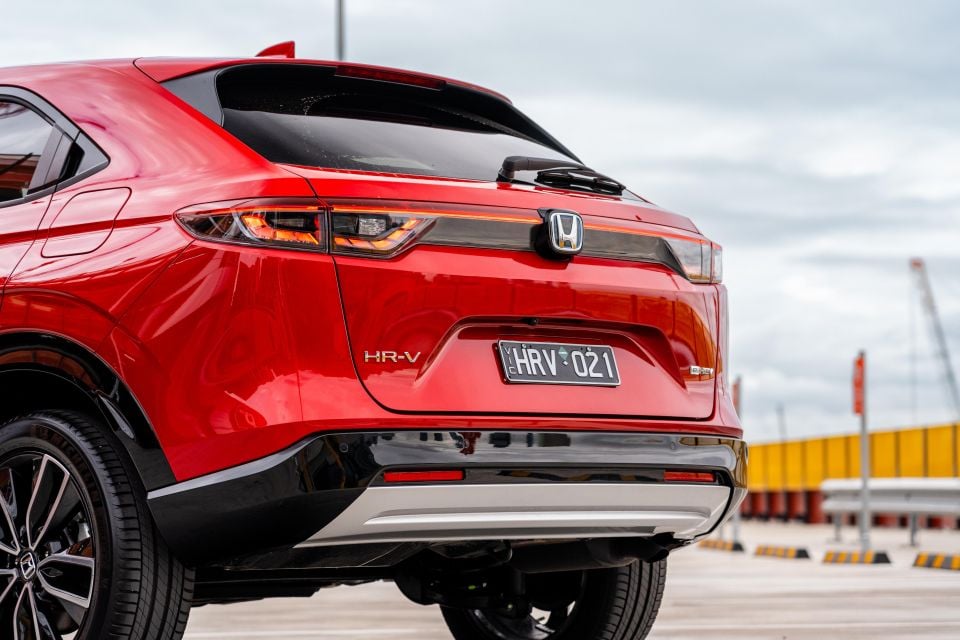
Click the images for the full gallery
MORE: Everything Honda HR-V
Where expert car reviews meet expert car buying – CarExpert gives you trusted advice, personalised service and real savings on your next new car.
James is an automotive journalist based in Melbourne, Australia. Before joining CarExpert.com.au in 2020, James has worked at leading auto media outlets including Carsales and CarAdvice, as well as at Pulse agency for Ford Australia's communications team. In 2019 James made Mumbrella's 'Top 20 most prolific web authors in Australia' list after publishing 1,360 articles between March 1, 2018 and February 28, 2019 for CarAdvice. James is also an Ambassador for Drive Against Depression – an Australian charity whose mission is to support mental wellness through the freedom of driving and a shared love of cars.


Josh Nevett
1 Month Ago
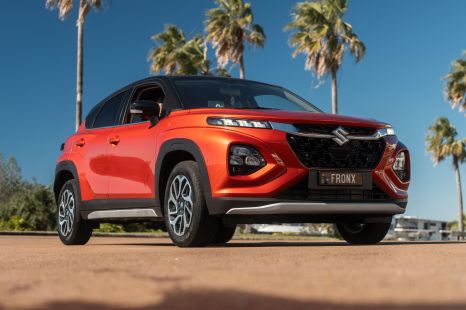

William Stopford
1 Month Ago


Matt Campbell
1 Month Ago
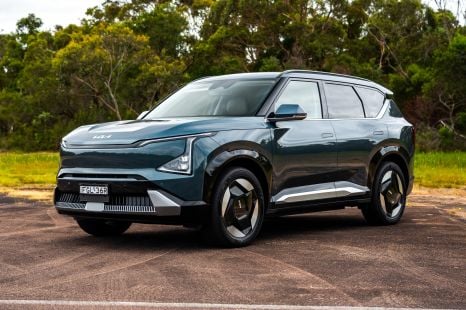

James Wong
1 Month Ago


CarExpert.com.au
24 Days Ago
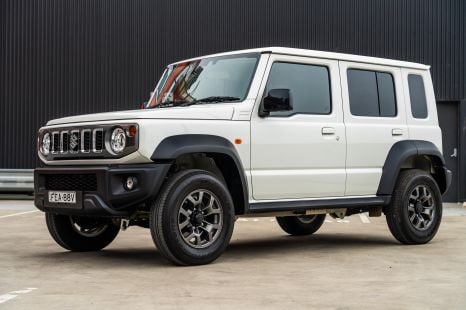

Damion Smy
15 Days Ago